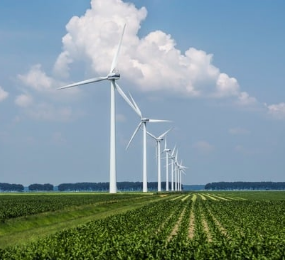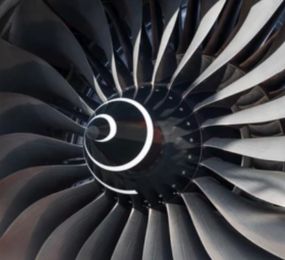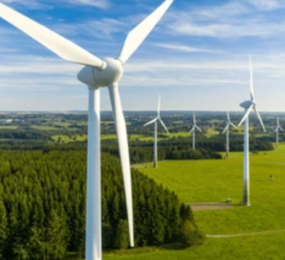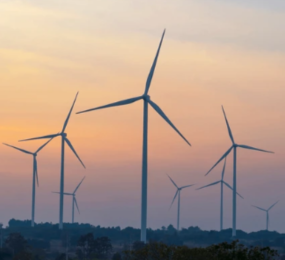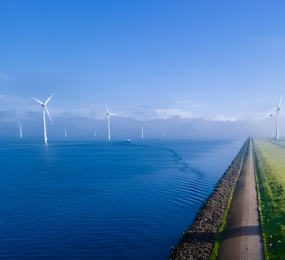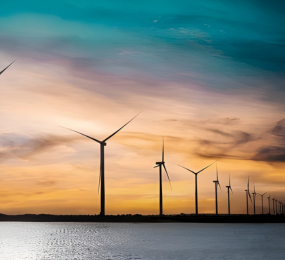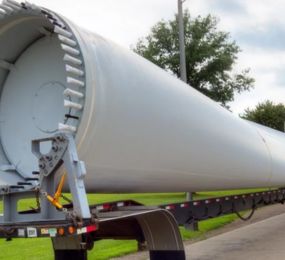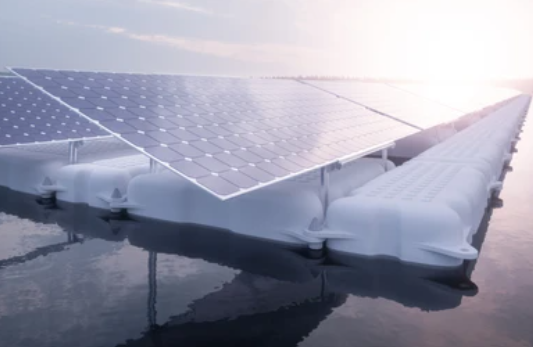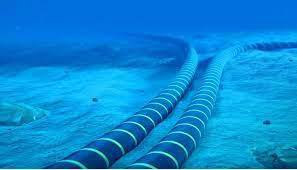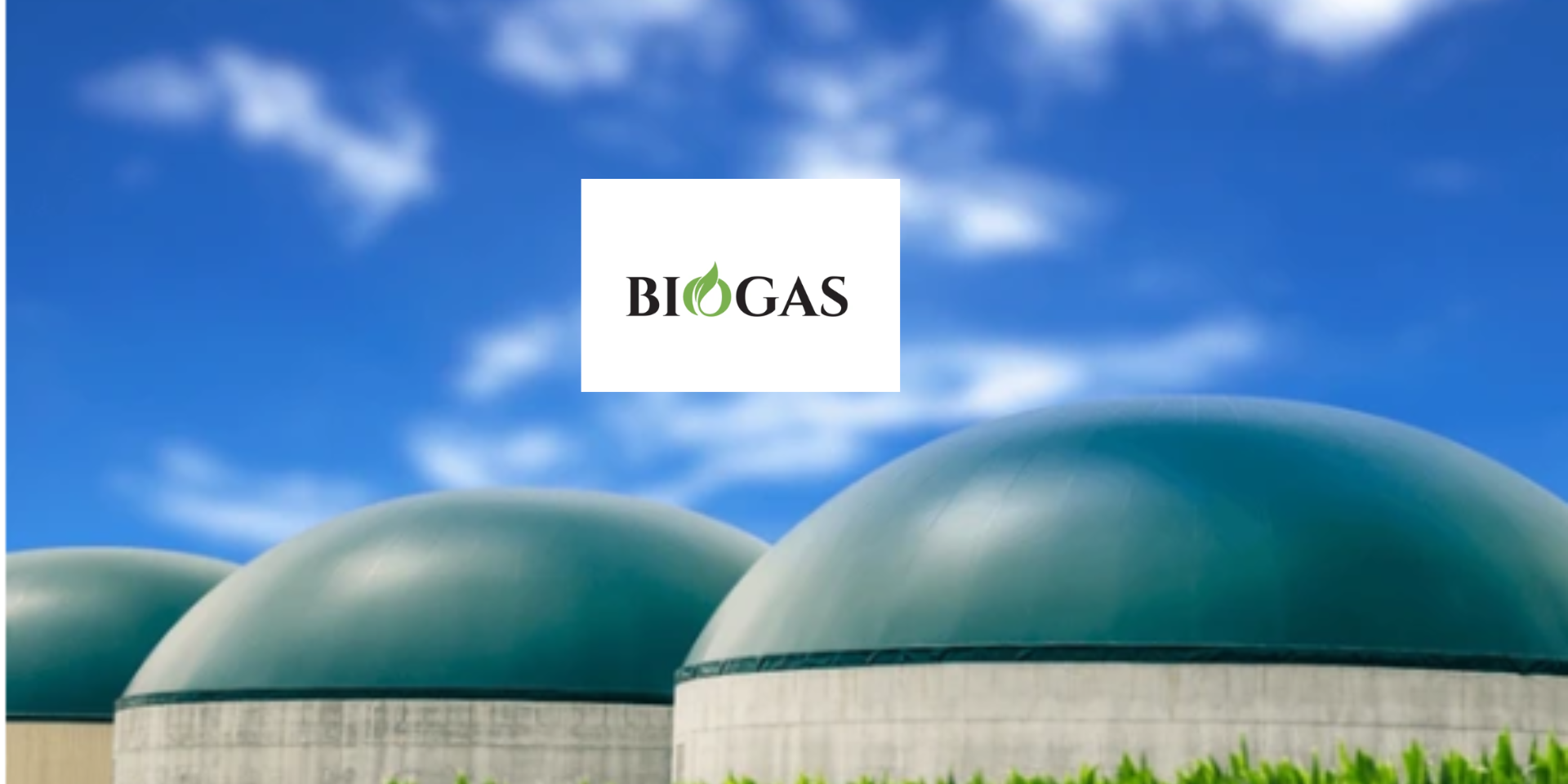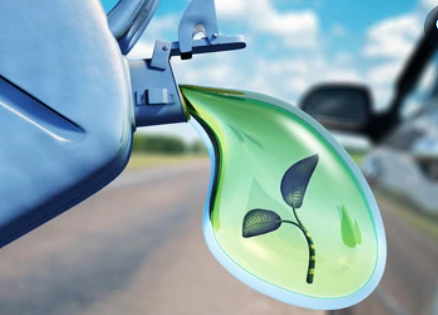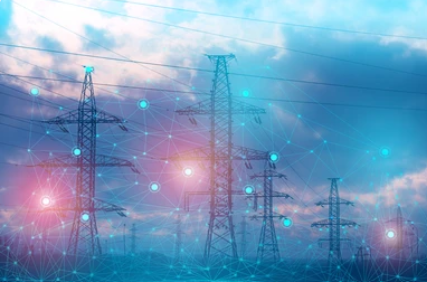Wind Turbine Blade Materials & Recycling: A New Chapter in Clean Energy
Wind power has become one of the most visible symbols of the clean energy transition. Spinning quietly across landscapes and coastlines, turbines capture natural wind and convert it into power that lights homes, fuels industries, and helps reduce our carbon footprint. But while the energy they generate is clean, what happens to the turbine blades at the end of their service life is far more complex.
Most wind turbine blades are designed to last 20–30 years. Built for strength and durability, these blades are made from composite materials—mainly fiberglass and carbon fiber bonded with epoxy resin. These compounds offer lightness and flexibility, allowing blades to endure harsh weather while remaining aerodynamic. But there’s a downside: these same materials are notoriously difficult to recycle.
Today, an increasing number of blades are reaching the end of their lifecycle. Many are being landfilled—not because of negligence, but because there are few cost-effective and scalable recycling options currently in place. These massive components, some longer than a Boeing 747 wing, pose logistical and environmental challenges once retired.
However, the conversation is changing.
Materials Innovation for a Circular Future
Material scientists and turbine manufacturers are actively developing alternatives to conventional blade materials. One promising area is thermoplastic resin—a recyclable material that can be reheated and reshaped, unlike traditional thermoset composites. Other innovations include bio-based resins derived from plants such as corn or flax, which reduce the carbon footprint from the very beginning of a blade’s life.
These new materials aren’t just easier to recycle—they also align with broader sustainability goals by cutting emissions during production and reducing dependency on fossil-derived inputs.
Advancing Recycling Techniques
In parallel with material innovation, new recycling methods are emerging. Mechanical recycling, which involves shredding blades into particles used in cement or asphalt, is gaining traction. More advanced techniques, such as pyrolysis and chemical recycling, are being explored to extract high-value fibers and resins for reuse in new products.
Additionally, repurposing whole sections of blades is opening up creative applications. Retired blades are being transformed into bridges, sound barriers, or even playground structures—a testament to the potential of reuse when imagination meets engineering.
Conclusion
Wind power continues to play a pivotal role in decarbonizing the energy sector. But true sustainability demands that we look beyond generation and consider lifecycle impacts. By embracing new materials, supporting advanced recycling technologies, and designing with reuse in mind, the wind industry has the opportunity to set a new standard in circular economy practices.
As we expand renewable infrastructure, we must ensure that our solutions remain clean not just at the source, but throughout their entire journey—from manufacturing to end-of-life.
Takeaway Points:
1. Wind turbine blades are strong but challenging to recycle due to composite materials.
2. New blade materials like thermoplastics and bio-resins offer greater recyclability and lower emissions.
3. Recycling methods such as mechanical and chemical processes, along with creative repurposing, are evolving.
4. Designing for recyclability from the start is key to making wind energy truly sustainable.
Learn more on our website: https://www.leadventgrp.com/event/3rd-annual-wind-blade-materials-and-recycling-forum/register
For more information and group participation, contact us: [email protected] .
Leadvent Group - Industry Leading Events for Business Leaders!
www.leadventgrp.com | [email protected]




